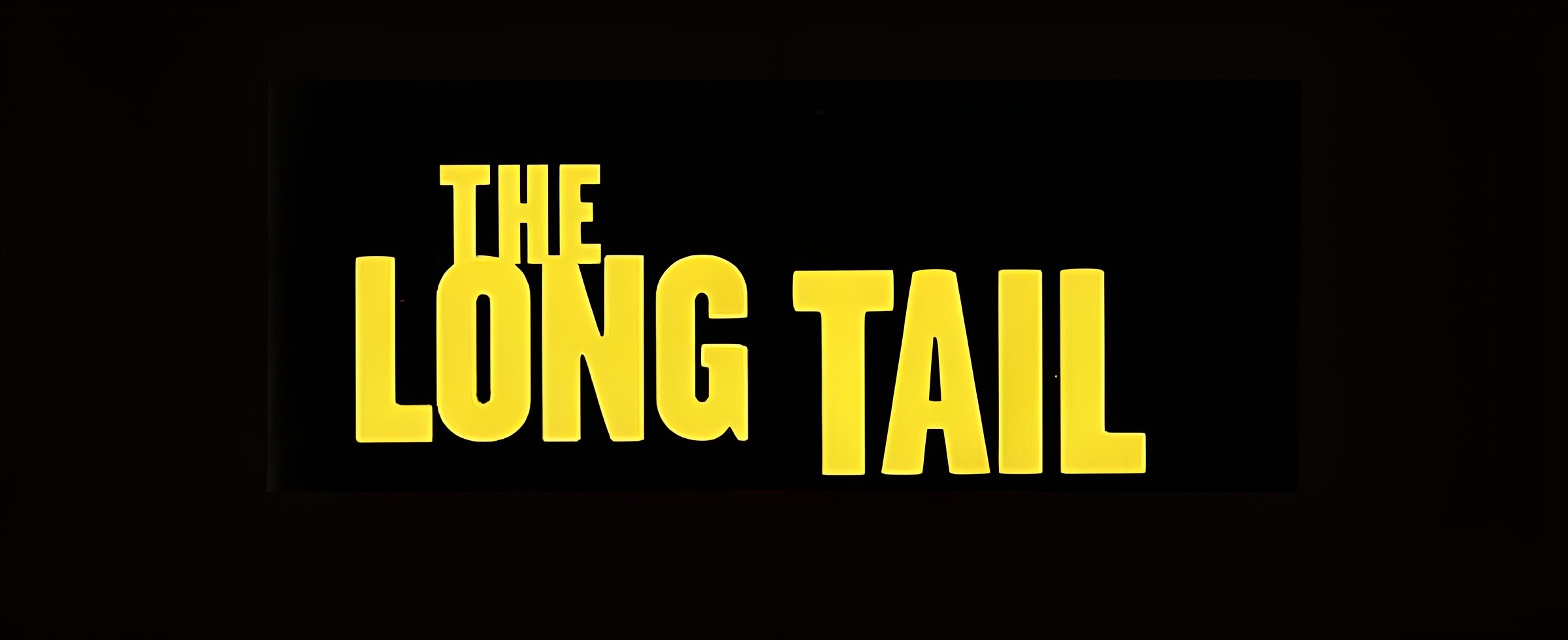If you read this blog, chances are you know what the long tail is, but just in case, I felt like reiterating it.
The phrase The Long Tail was first coined by Chris Anderson of Wired Magazine. Anderson argued that products that are in low demand or have low sales volume can collectively make up a market share that rivals or exceeds the relatively few current bestsellers and blockbusters, if the store or distribution channel is large enough. Examples of such mega-stores include the online retailer Amazon.com and the online video rental service Netflix. The Long Tail is a potential market and the distribution and sales channel opportunities created by the Internet often enable businesses to tap into that market successfully.
A former Amazon employee described the Long Tail as follows: “We sold more books today that didn’t sell at all yesterday than we sold today of all the books that did sell yesterday.”
The key factor that determines whether a sales distribution has a Long Tail is the cost of inventory storage and distribution. Where inventory storage and distribution costs are insignificant, it becomes economically viable to sell relatively unpopular products; however when storage and distribution costs are high only the most popular products can be sold. Take movie rentals as an example: A traditional movie rental store has limited shelf space, which it pays for in the form of building overhead; to maximize its profits, it must stock only the most popular movies to ensure that no shelf space is wasted. Because Netflix stocks movies in centralized warehouses, its storage costs are far lower and its distribution costs are the same for a popular or unpopular movie. Netflix is therefore able to build a viable business stocking a far wider range of movies than a traditional movie rental store. Those economics of storage and distribution then enable the advantageous use of the Long Tail: Netflix finds that in aggregate “unpopular” movies are rented more than popular movies.
The Long Tail has possible implications for culture and politics. Where the opportunity cost of inventory storage and distribution is high, only the most popular products are sold. But where the Long Tail works, minority tastes are catered to, and individuals are offered greater choice. In situations where popularity is currently determined by the lowest common denominator, a Long Tail model may lead to improvement in a society’s level of culture. Television is a good example of this: TV stations have limited time slots, so the opportunity cost of each time slot is high; stations therefore choose programs that have the broadest appeal. But as the number of TV stations grows or TV programming is distributed through other digital channels, the choice of TV programs grows and the cultural diversity rises.
You can read the full original Wired article at:
www.wired.com/wired/archive/12.10/tail_pr.html

Thank you for reiterating the concept behind The Long Tail.